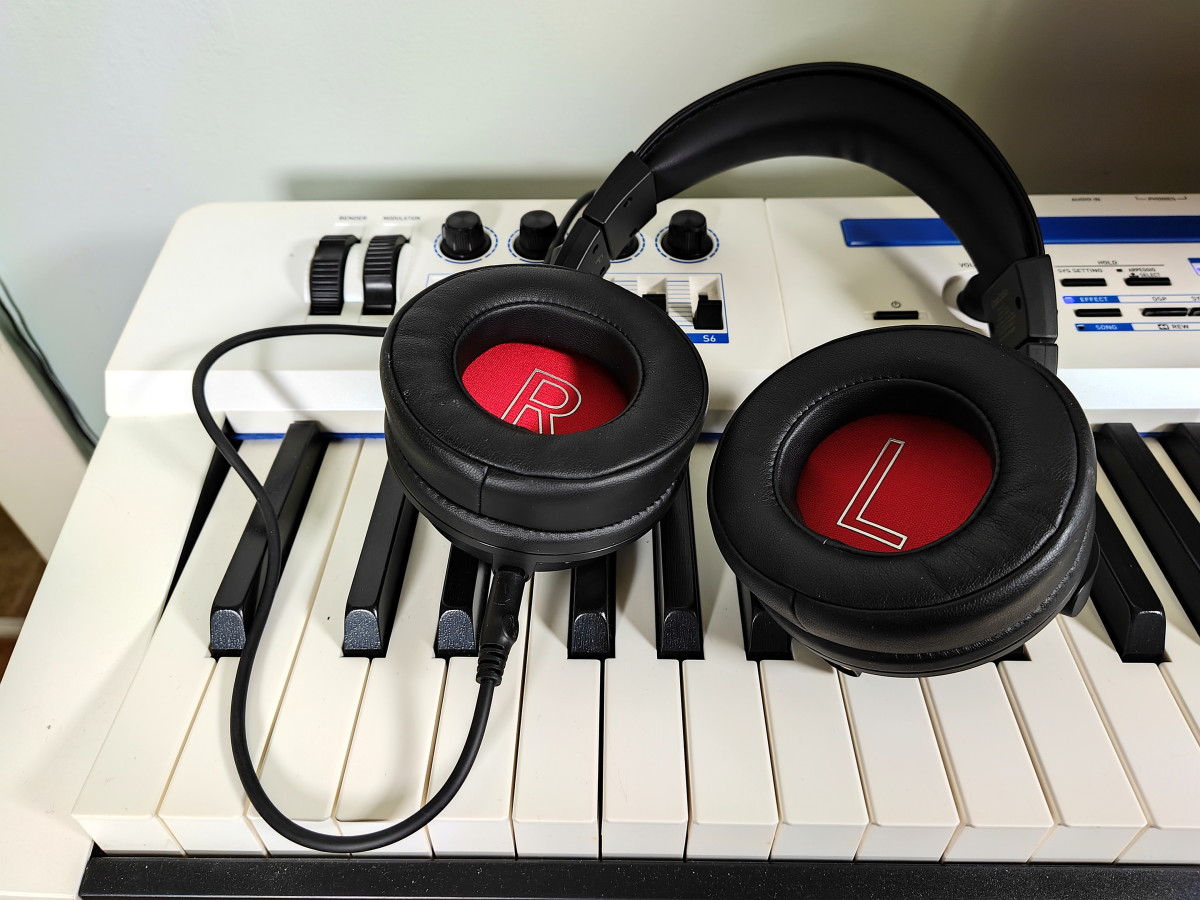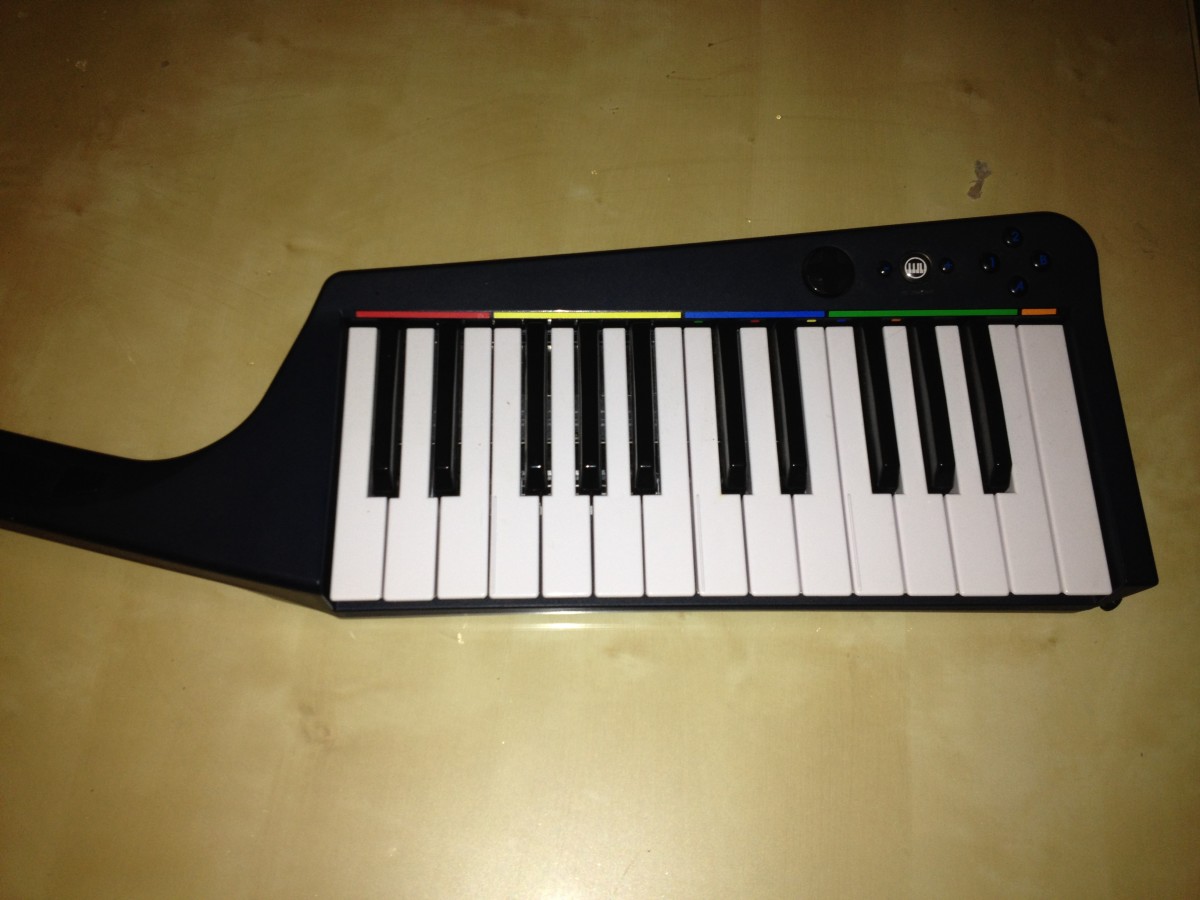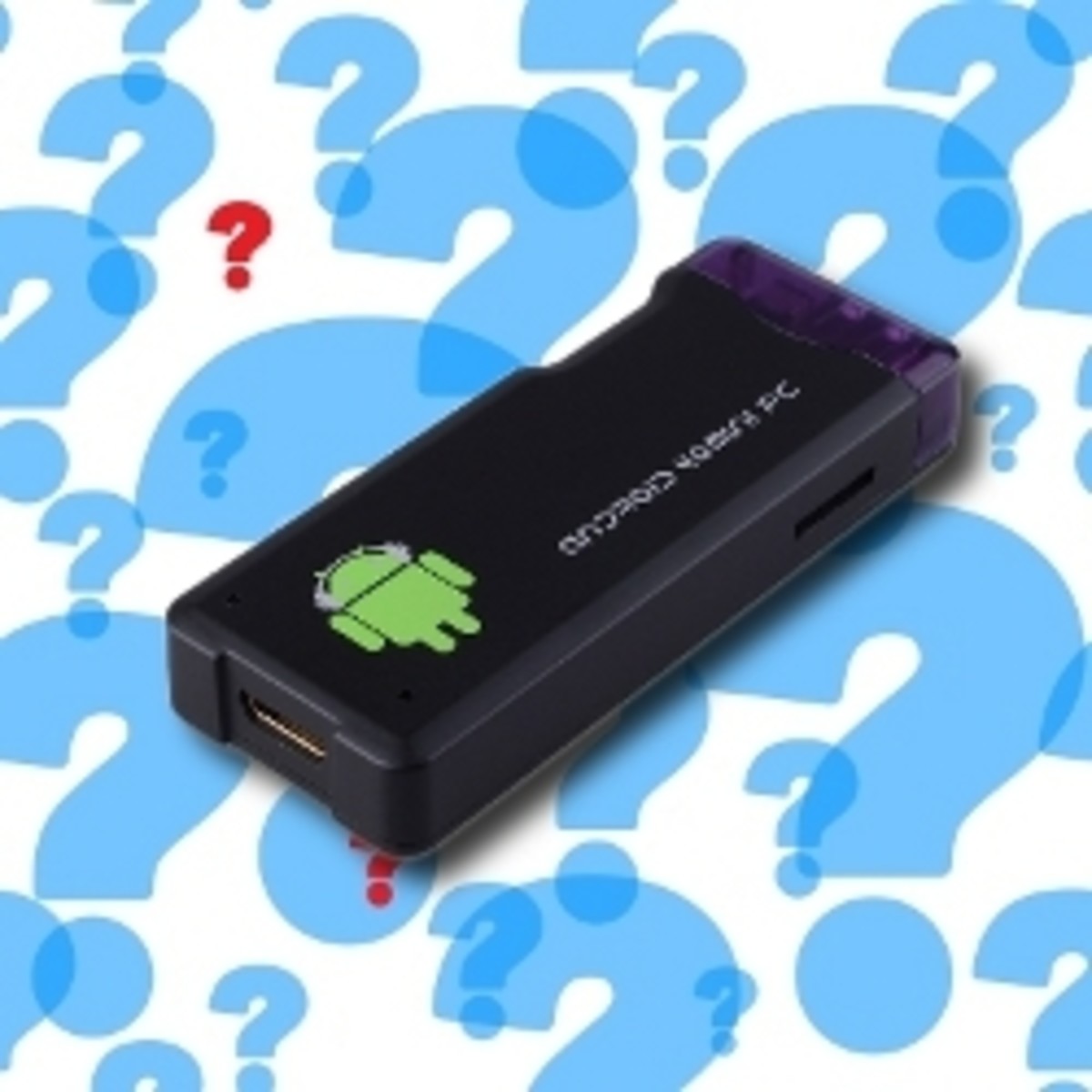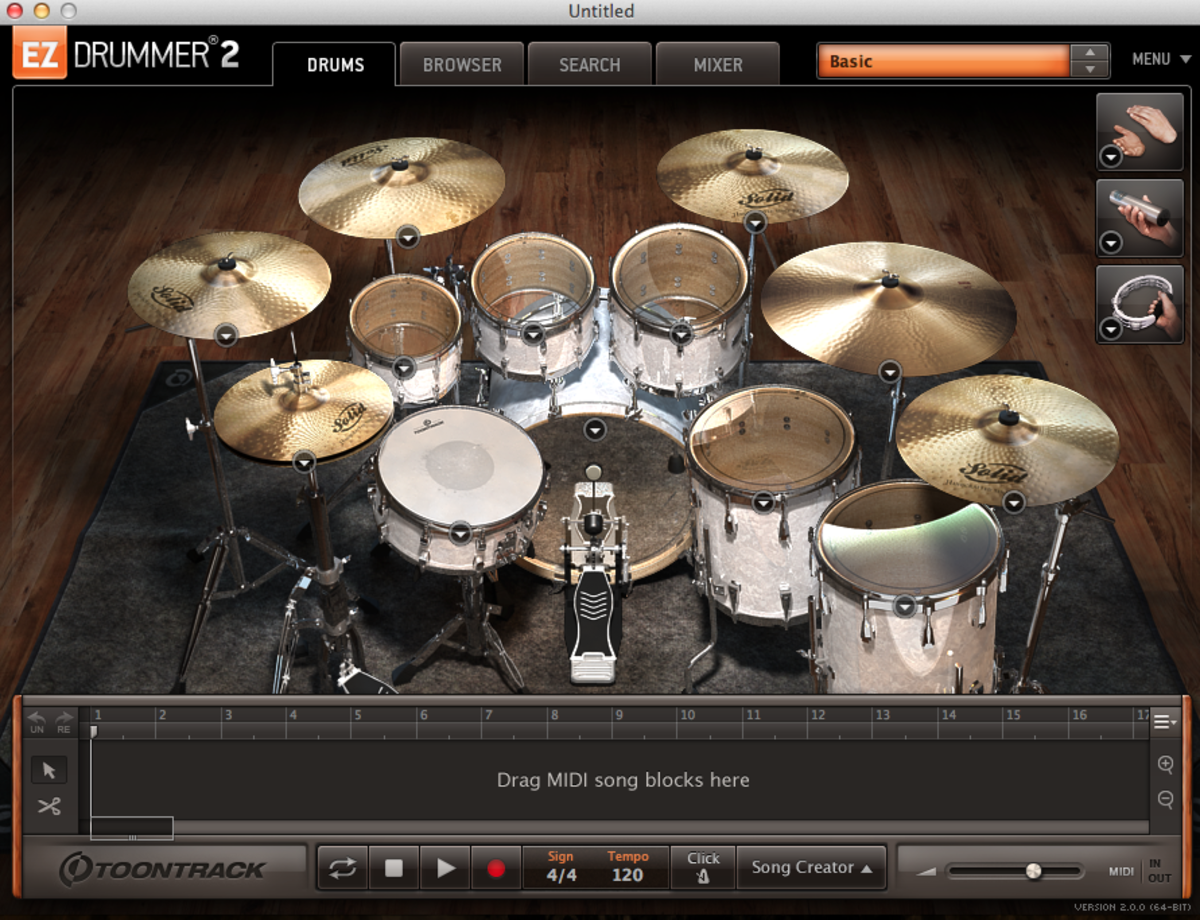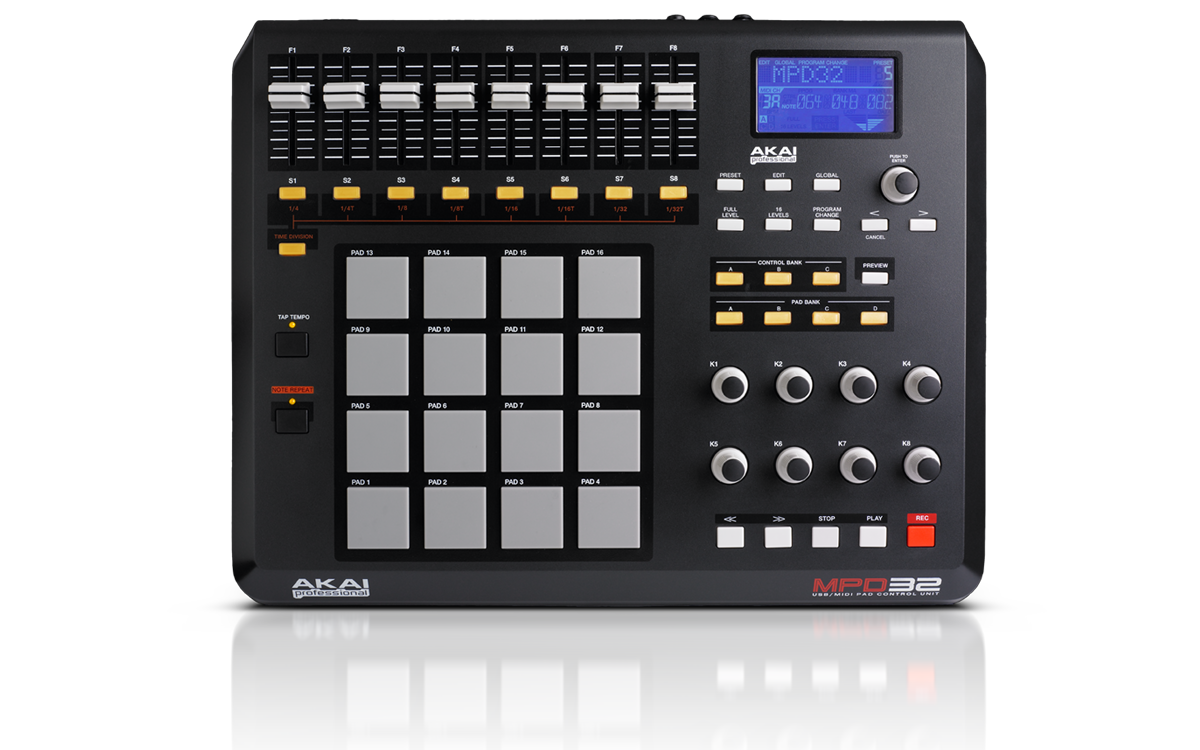Recording Better Sound for Youtube
It's easy to forget about audio when you have to worry about camera framing, settings up your lights and staying on script. However, poor audio quality, one that is unclear and fuzzy, is a sure sign of amateur video.
Get the Right Recording Equipment
It is essential to get the proper equipment needed in order to capture quality sound.
Microphones come in many styles, connection types and price ranges. The first thing you must do is decide what you need audio for and then proceed from there. Are you going to use your microphone and record directly into your camera or are you going to be using a mic stand and mount your microphone for singing?
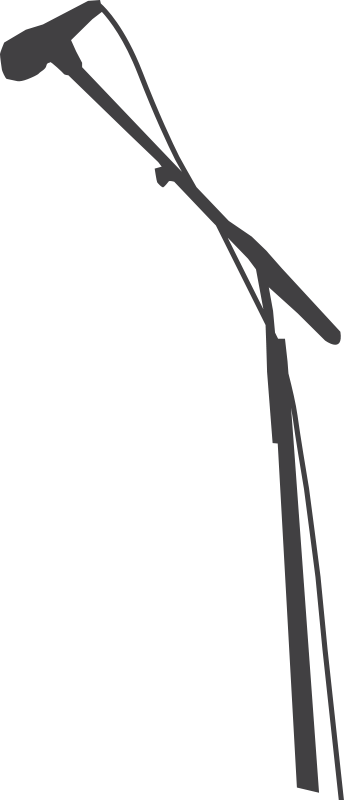
How to Choose a Microphone
In order to pick a microphone, you must first decide what you need the microphone for. Are you going to use it for singing? Short films? Recording vlogs or interviews?
Condenser microphone - especially good for singing because of the cardioid pattern within the microphone that focuses on picking up sound in the front of the microphone.
Directional or Shotgun Microphone - Good for short films, recording Foley (sound effects) and interview audio where the microphone is aimed at the speakers mouth. The microphone captures sound in one direction, which helps eliminate unwanted noise, in the environment. It delivers clean dialogue recording and is often used with a boom pole.
*There are even directional microphones with hotshoe adapters which allow you to mount your microphone directly onto the top of your camera and can be adjusted to fit onto a boompole.
Lavalier microphone - attached to a person's clothing to record interview footage. It can be either wired and attached to a pack that the subject wears, or it can be wireless and transmit a signal from the pack to the main device that records the audio.
What Connection Do You Use?
Microphone Connection Type (USB, XLR or 1/8")
USB Microphone - Good if you want to connect your microphone to your computer or laptop to record. This type of microphone would be good for singing, commentaries or podcasts where you are in a stationary position and don't need to move your microphone.
1/8" Microphone - A 1/8" connection type, allows you to plug directly into your camera (if applicable). You can get a longer 1/8" cable to extend your cord and allow you to move farther from the camera.
XLR Microphone - for use with an external sound recorder, such as the Zoom h4n, sound mixers or other devices that have XLR inputs. Also good for studio set-ups and short films.
Important Accessories for Recording
Now that you have a microphone, here are some additional accessories that can help improve your audio quality.
dead cat - also known as a wind muff or a microphone cover. It is used to help reduce the amount of wind that a microphone would pick up when recording outside in windy conditions.
pop filter - usually used for voice overs, singing or audio commentaries where the user is speaking into the microphone at a short distance. A pop filter helps reduce the "pops" of wind caused in syllables such as "P" and "B" when talking/singing.
shock mount - attached to the microphone to reduce the amount of handling noise. It'll help if your holding the microphone, or if you accidentally nudge the stand the mic is on.
microphone stand - usually used when singing or voice acting, but it is always very useful for holding the microphone at a fixed position if you don't have a boom operator.
boom pole - a boom pole is a long, usually retractable, pole that a microphone can be attached. It is used to capture sound, while keeping out of the video frame. The microphone is aimed and placed as close to the subject as possible. The person holding the boom pole is called the boom operator.
hard case - to keep your recording equipment safe. Many come with foam inserts that you can rip apart to make a custom fit specifically for your equipment.
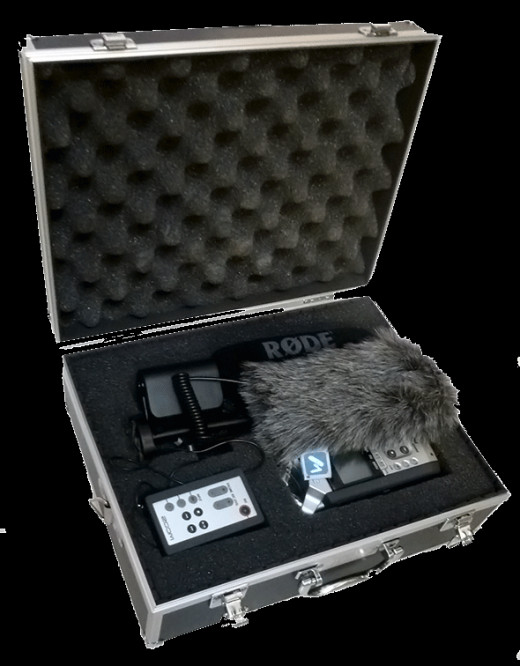
My Recording Equipment
For my videos, I knew I needed a microphone that could be mounted onto my DSLR, as well as one that could be mounted onto a boom pole and microphone stand. I also knew that I would like to record directly into my camera and that I would also like to take my microphone into the field, so I would need an external recorder as well.
Taking everything into consideration, I ended up with:
Camera - Canon T3i
Microphone - Rode Video Pro Mic
Portable Sound Recorder - Zoom H4n
I use my Zoom H4n and Rode Video Pro Mic when recording audio for my video tutorials. I'll then take this audio file and sync it to my screen capture. I'll also use this set-up if I'm out in the field recording Foley.
If I'm recording a vlog style video or an interview, I'll plug my microphone directly into my T3i. This saves me time in post production as I don't have to sync my good audio track with my camera's audio.
For short films, or scenes where I am not close enough to the camera and microphone, I'll use a microphone stand to mount the microphone close to me, and out of the camera's frame.


